IP Address and the Difference Between IPv4 and IPv6
With the rapid growth of information and communication technologies, connecting devices around the world has become one of the essential needs of modern life. Among the technologies that make this possible, the IP address (Internet Protocol address) plays a vital role in identifying and linking devices on networks. Every device connected to a network, such as the Internet, requires a unique identifier to send and receive information this identifier is the IP address. Without IP addresses, digital communication as we know it would be impossible.
Definition of IP Address
An IP address is a numerical label assigned to each device connected to a network. It serves as a unique identifier, much like a home address for a physical location. Just as letters require a mailing address to reach their destination, data packets on the Internet need an IP address to locate their target device. Every computer, smartphone, or server on the Internet must have its own IP address in order to communicate effectively with others.
Structure and Function of IP
Communication between devices on a network occurs through the transfer of data packets. These packets must include both a source and a destination address, which are defined by IP. Therefore, without IP addresses, no device could send or receive information online. IP ensures that data is routed correctly, efficiently, and securely across different networks and devices.
Versions of IP: IPv4 and IPv6
The Internet Protocol has evolved over time and is available in two main versions: IPv4 and IPv6. Each version differs in address structure, capacity, and performance.
IPv4
IPv4, or Internet Protocol version 4, is the most widely used and historically fundamental version of IP. It uses 32-bit numerical addresses, which allows for approximately 4.29 billion unique IP addresses (2³² = 4,294,967,296). When IPv4 was first introduced, it was thought that this number would be more than sufficient. However, as the Internet expanded globally and billions of new devices—such as smartphones, tablets, and IoT devices—connected to it, the available pool of IPv4 addresses began to run out.
Despite its limitations, IPv4 remains the backbone of most current Internet communications and continues to be supported by almost all devices and systems.
IPv6
IPv6, or Internet Protocol version 6, is the successor to IPv4 and was developed to overcome the address exhaustion problem. IPv6 uses 128-bit addresses, allowing for an almost limitless number of unique addresses (2¹²⁸). This makes it capable of supporting virtually every device on Earth, now and in the foreseeable future.
In addition to a vastly larger address space, IPv6 offers several improvements, including enhanced security, simplified routing, and more efficient data transmission. However, the transition from IPv4 to IPv6 is still in progress. Internet service providers, network operators, and software developers are gradually implementing IPv6 support. Although most modern operating systems already support IPv6, the migration process involves significant technical and financial challenges.
Challenges and Future of IPv6 Adoption
While IPv6 ensures the long-term sustainability of Internet communications, its implementation is not without difficulties. Many older systems and network devices are not compatible with IPv6, requiring costly upgrades or replacements. Additionally, in its early stages, IPv6 has faced security issues and software bugs that must be carefully managed. Nevertheless, the transition is steadily advancing as organizations recognize the necessity of IPv6 for the future of global connectivity.
Conclusion
The IP address is the foundation of communication in the digital era. Without it, data exchange on the Internet would be impossible. Although IPv4 has served the world effectively for decades, its numerical limitations have prompted the development of IPv6, a more advanced and scalable protocol designed to meet the growing demands of modern networking. Despite some challenges in its full implementation, the migration to IPv6 represents a critical step toward a more robust, secure, and sustainable Internet for generations to come.


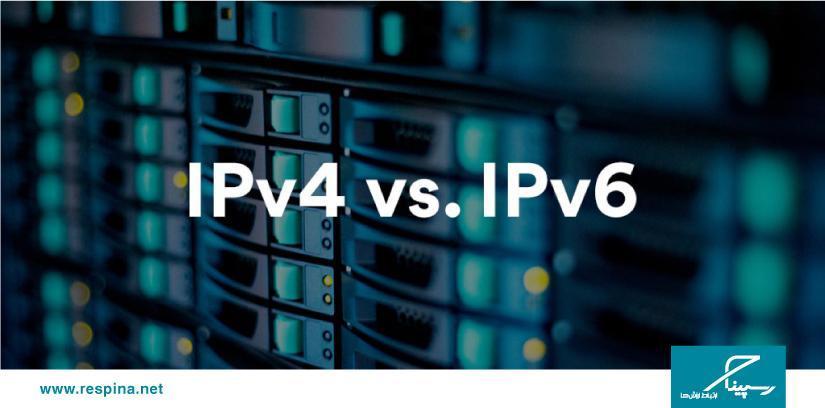
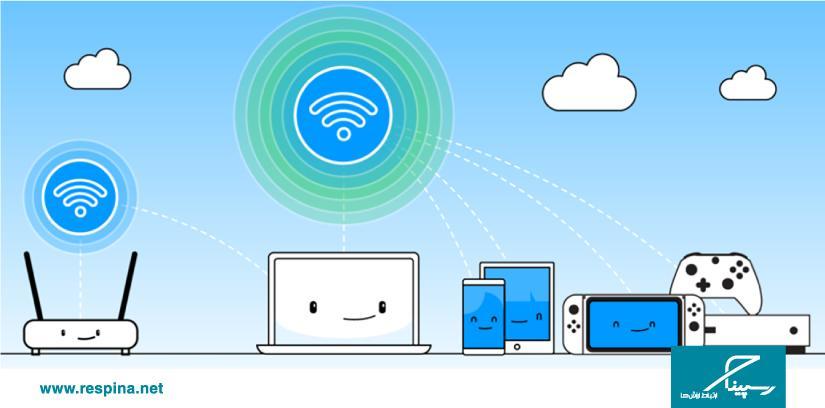


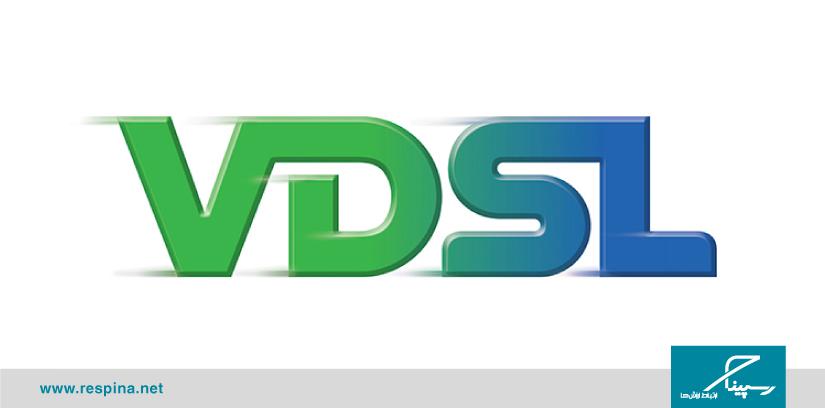

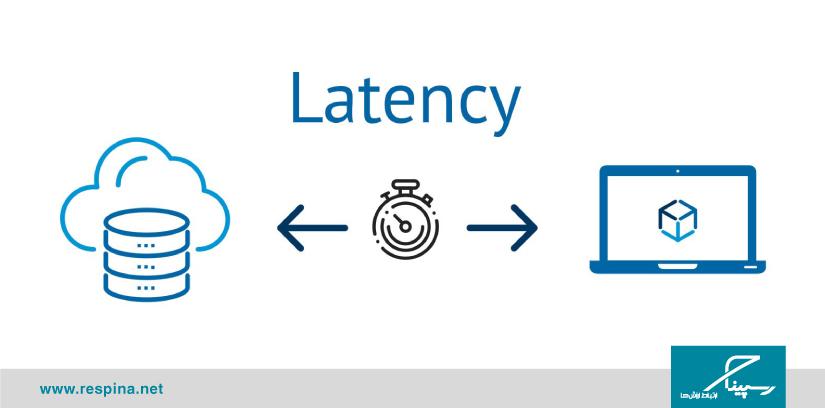
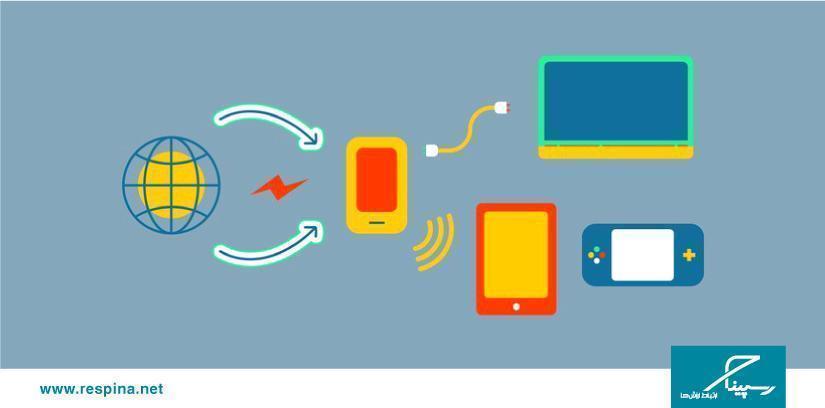


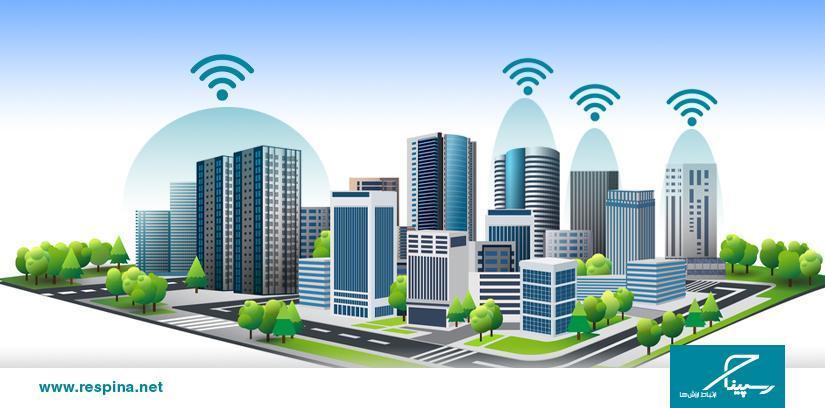

دیدگاهتان را بنویسید
برای نوشتن دیدگاه باید وارد بشوید.